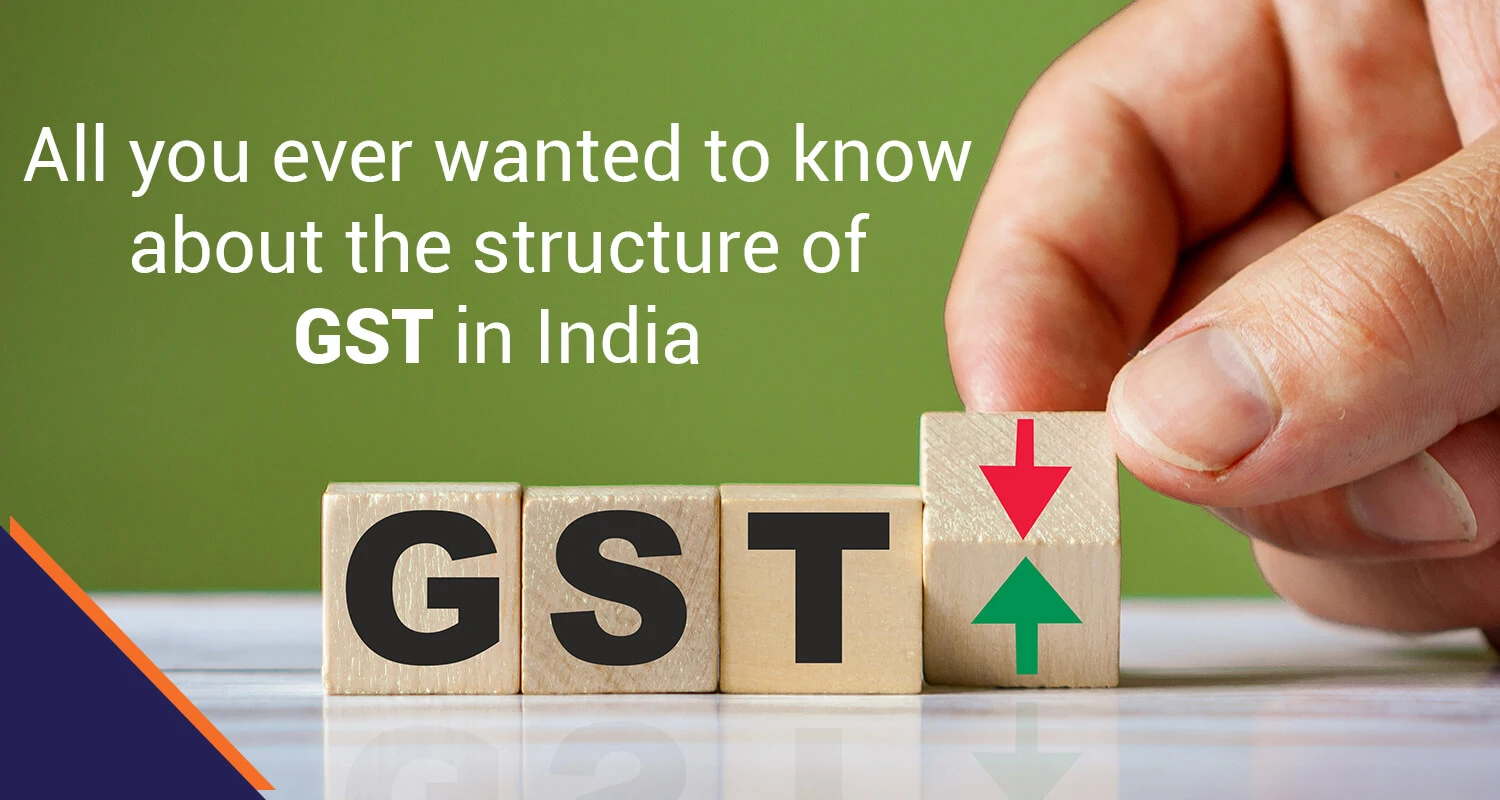What’s the Items and Providers Tax (GST)?
The Items and Providers Tax is primarily an oblique tax launched by the Indian Authorities to interchange a variety of direct and oblique taxes, specifically Worth Added Tax (VAT), excise obligation, service tax, and so on.;
GST applies when items and providers are furnished. Not like the earlier system, which had a number of taxes, GST simplifies issues by having a single tax construction or system for all the nation.;
What are the aims of GST?
- To have a Unified Tax Regime for the Nation
Each state in India is anticipated to comply with an analogous GST fee construction for a similar services. This helps the Central Authorities management taxes, thereby enabling a lot simpler decision-making by way of charges and insurance policies.
- To Embrace all Main Tax Charges in India
Earlier, India adopted a system with many oblique taxes, specifically Central Excise, VAT (Worth Added Tax), and so forth, that have been utilized at varied provide chain ranges. Furthermore, these taxes have been ruled by the respective state in addition to the Centre. To eradicate the complexity, the simplified GST was launched.
- To Eradicate Circumstances of Tax Evasion
As GST is a single taxation system throughout the nation, it turns into simpler for the federal government to observe and catch defaulters extra shortly and effectively.
- To Enlarge the Base of Taxpayers
Earlier than the introduction of GST, each registration needed to be registered beneath every tax legislation, which have been required to have a special ending restrict based mostly on the enterprise’s total worth. However now, a single built-in tax system is levied on items and providers. This has led to a rise in companies registered beneath tax statutes.
What’s the Construction of GST in India?
The construction of GST is made up of three taxes that are levied beneath totally different circumstances:
Central Items and Providers Tax: Also referred to as CGST, it’s appropriated by the Union Authorities of India throughout all states.
For instance, a commerce and commerce trade is happening inside the state limits of Kerala.
State Items and Providers Tax: SGST is appropriated by the person state authorities on a state-to-state sale foundation.
For instance, a transaction happening in Maharashtra.
Built-in Items and Providers Tax: IGST is normally collected by the Union Authorities for gross sales between any two states.
For instance, every time a commerce transaction occurs from Gujarat to Goa.
What’s the 4-tier GST Tax Construction?
India’s GST system makes use of a 4-tier tax construction with a view to categorize items and providers being provided throughout the nation. Lets break it all the way down to a simplified model:
Necessities First (0%):
This bracket consists of primary requirements that we use in our every day lives, reminiscent of meals grains and greens. Human blood can also be exempt from GST.
On a regular basis Objects (5%):
Widespread items like tea, espresso, and economic system journey tickets normally fall beneath this tax bracket.
Normal Charges (12% to 18%):
Most items and providers (dairy merchandise, electronics, and so on.) are taxed at both 12% or 18%, relying on the actual class. This ensures a stability between inflation and tax income.
Luxurious Items (28%): Excessive-value objects like automobiles, electronics, and aerated drinks face the best tax fee of 28%. Some objects on this class could even have extra taxes levied.
In easy phrases, this tiered construction ensures that important objects stay reasonably priced whereas producing income from luxurious items.
Conclusion
The Items and Providers Tax (GST) has been nothing wanting a game-changer in India’s taxation system. It has simplified compliance for companies and created a unified nationwide market. Understanding the nitty gritty of GST could be a little difficult at instances, however the primary construction revolves round a single tax utilized at totally different charges relying on the nice or service. The rationale behind having a tiered strategy is to make sure that important objects keep reasonably priced for shoppers whereas income may be continually generated from luxurious items. As India continues to progress in direction of a creating economic system, the GST system will undoubtedly play an important position in propelling progress and making a extra clear tax surroundings.
FAQs
Q1. What are the several types of GST?
Ans. There are three predominant forms of GST:
- i) Central Items and Providers Tax (CGST): Levied by the central authorities on intra-state gross sales (inside a state).
- ii) State Items and Providers Tax (SGST): Levied by the state authorities on intra-state gross sales.
iii) Built-in Items and Providers Tax (IGST): Levied on inter-state gross sales (between states).
Q2. What are the totally different GST tax charges?
Ans. India’s GST system makes use of a four-tier tax construction:
- 0%: Important objects like meals grains and greens.
- 5%: Widespread items like tea, espresso, and economic system journey tickets.
- 12% & 18%: Most items and providers (dairy merchandise, electronics, and so on.)
- 28%: Luxurious objects like automobiles, electronics, and aerated drinks.
Q3. How does GST profit a client?
Ans. GST can profit shoppers by:
- Decreasing costs of products and providers by decreasing cascading taxes
- Enabling a simplified tax system. A unified tax construction may be simpler for companies to deal with compliance, thus resulting in price financial savings that may be ultimately handed on to shoppers.
- Growing transparency. GST invoices clearly present the tax quantity, selling fairer pricing practices.
!function(f,b,e,v,n,t,s) {if(f.fbq)return;n=f.fbq=function(){n.callMethod? n.callMethod.apply(n,arguments):n.queue.push(arguments)}; if(!f._fbq)f._fbq=n;n.push=n;n.loaded=!0;n.version='2.0'; n.queue=[];t=b.createElement(e);t.async=!0;t.defer=true; t.src=v;s=b.getElementsByTagName(e)[0]; s.parentNode.insertBefore(t,s)}(window, document,'script', 'https://connect.facebook.net/en_US/fbevents.js');
setTimeout(function() { fbq('init', '2933234310278949'); fbq('init', '3053235174934311'); fbq('track', 'PageView'); }, 10000);
